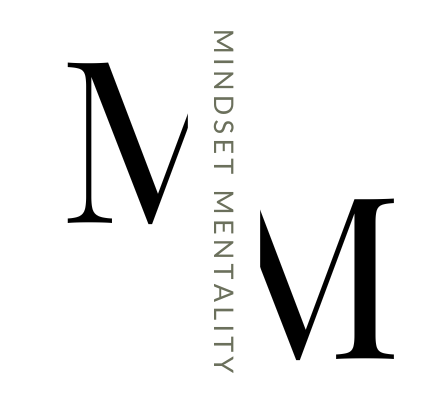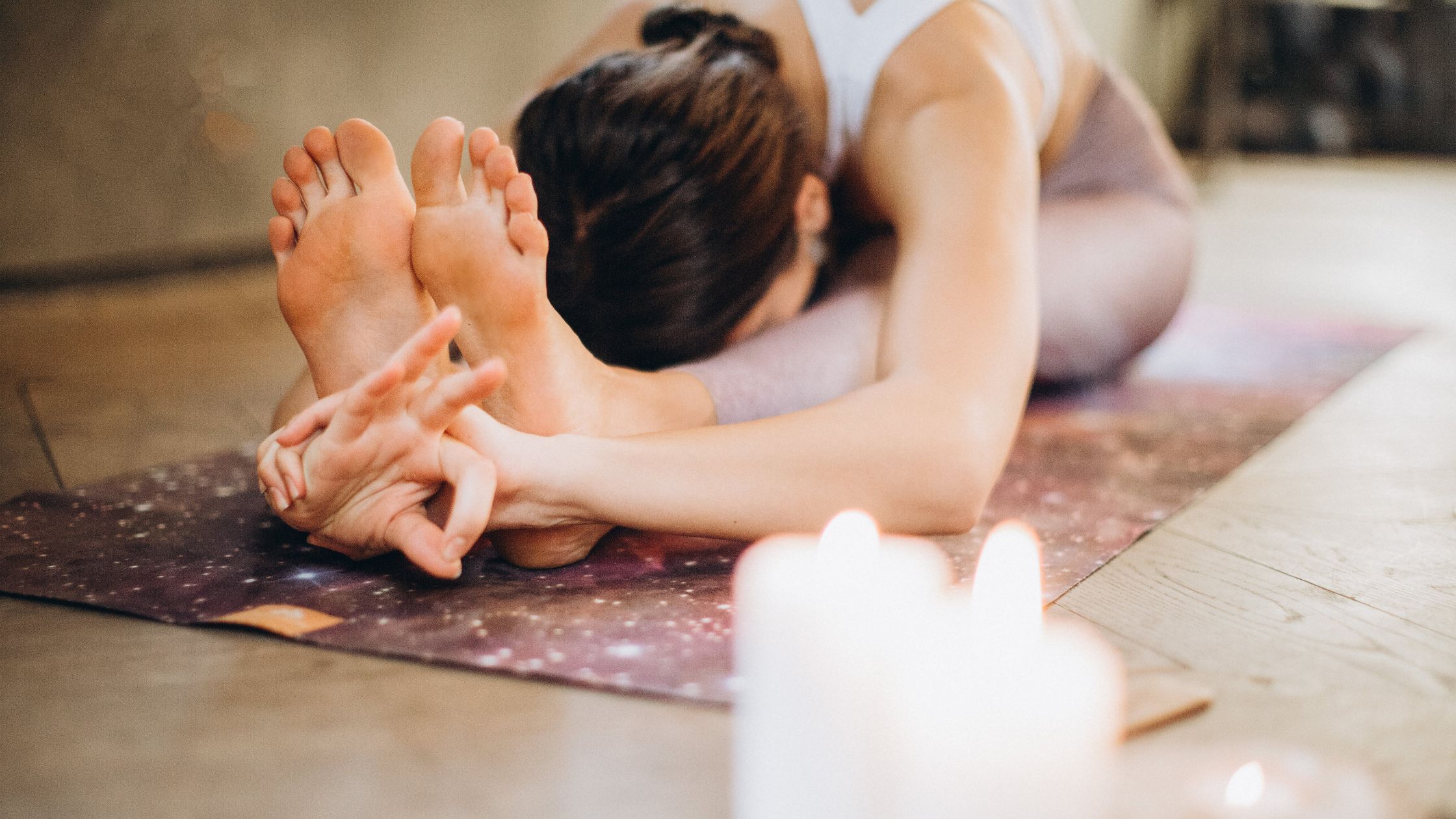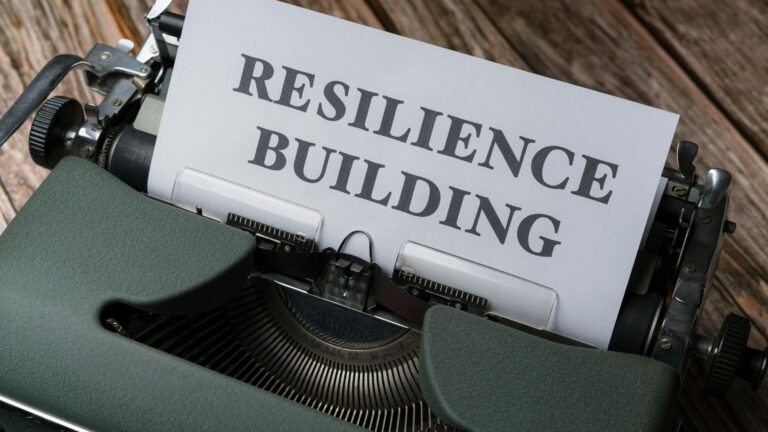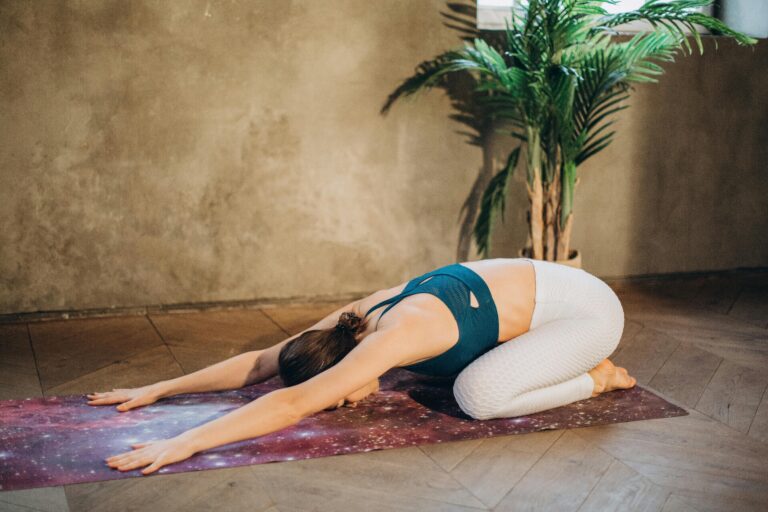The Art of Stillness: Yin Yoga and Mindfulness for Mind-Body Connection
In the hustle of our daily grind, Yin Yoga is like that cozy corner where you finally get to chill. It operates on the principle of surrender and patience, focusing on sustained holds and passive postures. By immersing ourselves in these deep stretches, we engage not only muscles but also the often-neglected connective tissues and joints. It’s the art of stillness.
On a physical level, Yin Yoga improves flexibility and joint health. By stimulating connective tissues, it increases mobility and reduces stiffness. Mentally, the long holds provide space for inner awareness, helping practitioners develop mindfulness and calmness. The meditative aspect enhances stress resilience and cultivates self-compassion.
Overall, Yin Yoga calms the nervous system, providing a healing balance to our busy modern lives. Through its unique approach of surrender and stillness, it becomes a journey inward, unraveling layers of physical and mental tension to find a quiet inner refuge.

The Essence of Yin Yoga: The Art of Stillness
Stillness takes center stage through holding poses for extended periods of time. While dynamic yoga focuses on fluid movement, Yin invites us to slow way down—spending 3-5 minutes or even longer in each pose to target the deeper connective tissues of the body. This approach gives our bodies permission to release deeply held tensions with patience and compassion.
As we settle into stillness, our minds also begin to settle, and the extended holds become a meditation in motion, drawing our awareness inward. Thoughts may arise, but we practice observing them without judgment before gently returning to the present.
Stillness can be challenging at first, but it offers deep rewards. Staying in a pose for several minutes requires mental endurance while allowing physical tensions to melt away organically. As we lean into stillness with a beginner’s mind and compassion, its transformative potential unfolds—bringing our bodies and minds into harmonious alignment.
Targeting the Connective Tissues
Yin Yoga operates by targeting the connective tissues in the body, such as ligaments, tendons, and fascia. These tissues connect and support the muscles and joints, helping to provide structure and flexibility.
Unlike muscles, which respond well to dynamic movements, connective tissues require a different approach – sustained stretching. Think of connective tissue as being like taffy that needs time to unwind and release. This is why Yin Yoga focuses on passive poses held for extended periods, typically 3-5 minutes.
By gently stressing the connective tissues through long-held poses, Yin Yoga aims to increase their flexibility and mobility. The result is joints that can move through their full range of motion and muscles that are properly supported.
Some of the key benefits of targeting the connective tissues include:
- Increased joint flexibility and range of motion
- Reduced risk of injury by keeping connective tissues flexible
- Release of fascial restrictions to minimize pain or stiffness
- Improved posture as connective tissues elongate
- Enhanced circulation and lymph flow due to the release of fascial adhesions
So, while dynamic yoga focuses on the muscles, Yin goes deeper to access those all-important connective tissues. By releasing and elongating the fascia, Yin Yoga promotes overall flexibility and joint health.
The Meditative Aspect of Yin Yoga
The physical benefits of Yin Yoga are just one facet of this practice. Beyond the stretching and release of connective tissues, Yin Yoga has a strong meditative component that enhances the mind-body connection.
The extended hold in Yin Yoga poses provides a unique opportunity for the mind to relax and turn the focus inward. Rather than actively concentrating on breath cues or sequencing as in a dynamic flow, Yin Yoga allows the mind to enter a more passive, meditative state.
As we hold postures ranging from three to five minutes, the initial sensations of stretching and discomfort begin to soften. This creates space for a deepening awareness and mindfulness to arise. Rather than reacting to the discomfort, the meditative aspect of Yin Yoga teaches us to acknowledge feelings and physical sensations without judgment.
Through this process, the chatter of the mind starts to quiet. An inner calm begins to emerge as we surrender into each pose, releasing control and expectations. Yin Yoga provides a welcoming space to practice mindfulness techniques like staying present and anchoring awareness to the breath.
These meditative qualities create a container for gaining insight into the patterns and habits of the mind. Over time, this translates into greater mindfulness and resilience in meeting the challenges of daily life off the mat. The stillness one discovers in Yin Yoga can become a refuge, teaching us to respond to stress and difficulty in a different way.

Cultivating a Positive Mindset through Yin Yoga
Yin Yoga’s meditative nature provides a pathway to cultivating a calm, positive mindset. This happens as we surrender into each pose and observe the sensations, thoughts, and emotions that arise; we learn to practice non-judgment and acceptance. Rather than struggling against discomfort, we breathe through it. This “going with the flow” mentality fosters calmness and resilience.
The long holds teach patience and remind us that all things pass. Through the stillness, our racing thoughts begin to settle. This quiets the chatter of the mind and activates the parasympathetic nervous system, bringing us to a state of rest and renewal.
With regular Yin Yoga practice, we begin to rewire our mental patterns over time, and we start to approach everyday stressors differently. This helps to connect us to the present moment and provides a lifelong tool for weathering life’s inevitable ups and downs.
Sample Yin Yoga Poses
Yin Yoga comprises a variety of poses that provide deep stretches. Here are some examples of beginner-friendly Yin Yoga poses to try:
Butterfly Pose
Sit upright with the soles of your feet together, allowing your knees to drop open to the sides. Place your hands on your feet or ankles and gently press your thighs downward. Breathe deeply as you hold this pose for 3-5 minutes. Modify by placing a bolster or pillow under each thigh for additional support. Learn more about the Butterfly Pose.
Child’s Pose
From a kneeling position, sit back onto your heels and lower your chest between your knees. Extend your arms in front of you or rest them alongside your body. Focus on relaxing your lower back. Hold for 1-3 minutes. Make it easier by placing a pillow between your hips and heels. Learn more about Child’s Pose.
Forward Folds
Begin in a seated position with your legs extended in front of you. Slowly hinge forward from your hips, maintaining a straight back. Allow your hands to rest on your legs, shins, or feet, depending on your flexibility. Hold the forward fold for 1-3 minutes, focusing on deep, slow breaths to release tension and invite relaxation into the body and mind. Learn more about Forward Fold.
Sphinx Pose
Lie on your belly and prop yourself up on your forearms. Look slightly forward with a long neck. Hold for 1-3 minutes. Make it easier by lowering your forearms. Learn more about Sphinx.
Reclined Twists
Begin by lying on your back with your knees bent and feet flat on the floor. Extend your arms out to the sides in a T-shape, palms facing down. On an exhale, gently lower your knees to one side, allowing them to come to rest on the bolster or blanket. Keep both shoulders grounded as you turn your head to gaze in the opposite direction of your knees. Relax into the twist, allowing gravity to gently deepen the stretch. Stay in the pose for 1-3 minutes, focusing on deep, steady breaths to encourage relaxation and release tension in the spine and muscles. Learn more about Reclined Twist.
Integrating Yin Yoga into Daily Life: Embracing the Stillness
Incorporating Yin Yoga into your daily routine doesn’t have to be a challenge; it’s about making space for calmness amid the hustle. Here are some practical tips to weave Yin Yoga into your day for maximum impact!
Morning Mindful Stretch
Start your day with a gentle Yin Yoga stretch. Spend 10-15 minutes focusing on poses that awaken your body and set a positive tone for the day. Simple postures like Child’s Pose or Butterfly Pose can work wonders.
Midday Mindful Break
In the midst of work meetings and to-do lists, take a 5-minute break. Find a quiet corner, sit comfortably, and practice a brief Yin Yoga meditation. I like to take a forward fold pose, focus on my breath, let go of tension, and allow my mind to reset!
Evening Unwind Session
Wind down your day with a longer Yin Yoga session. Allocate 30 minutes to an hour for deeper stretches. Poses like sphinx, supported twists, and legs up the wall are perfect for releasing stress from the day.
The goal is to integrate Yin Yoga consistently, even if you only have a few minutes here and there. Adapting the poses and duration to your schedule and needs will help make Yin Yoga a sustainable habit.

Enhancing the Benefits of Yin Yoga
Yin Yoga is more than just a physical practice – integrating complementary mindfulness practices into your lifestyle can further enhance the benefits. Here are some ideas:
Mindful Breathing
- Set reminders throughout your day for mindful breathing breaks. Even 30 seconds of deep belly breaths can reset your mindset.
- Try box breathing – inhale for 4 counts, hold for 4 counts, exhale for 4 counts, hold for 4 counts. Repeat for 1-2 minutes.
- Notice how your breathing changes during Yin Yoga poses. Deepen and slow the breath to sink further into poses.
Meditation
- Start or end your Yin Yoga practice with a short seated meditation, focusing on the breath.
- Try walking meditations, taking mindful steps, and noticing the sensations in your body.
- Body scan meditations help develop deeper mind-body awareness. Check out my favorite YouTuber Ally Boothroyd playlist for Yoga Nidra for a deeply relaxing and rejuvenating practice that will guide you into a state of conscious relaxation.
Gratitude Journaling
- Jot down 3-5 things you’re grateful for after finishing your Yin Yoga practice.
- Maintain a daily gratitude journal to shift your mindset before bed.
- Write thank-you notes to people you appreciate. Gratitude builds compassion.
Overall Mindfulness
- Cultivate mini mindfulness moments throughout your day. Pause to take 5 mindful breaths!
- Unplug from technology for set periods to be fully present.
- Start a mindfulness or meditation habit, even if just 5-10 minutes per day.
Weaving complementary mindfulness practices into your lifestyle magnifies the mind-body benefits of Yin Yoga. Try out different options and find what works best for you!
Overcoming Challenges in Yin Yoga
Yin Yoga can present some unique challenges, especially when you’re just starting out. Here are some common obstacles and tips to overcome them:
Soreness or Discomfort from Long Holds
It’s totally normal to feel some soreness or discomfort during long holds in Yin Yoga. Here are some tips to ease into it:
- Always listen to your body’s limits and come out of a pose if it doesn’t feel right. Never force your body into pain.
- Build up gradually. When starting out, opt for shorter hold times of 1-3 minutes. Slowly increase the duration as your body adapts.
- Support your body with props like blankets, blocks, or bolsters to relax muscles and relieve tension.
- Apply mindful movements during holds to address any intense sensations.
- Focus on your breath, relax your muscles, and surrender to sensations during holds. This helps you go deeper in a gentle way!
Difficulty Sitting Still
Being still for an extended period can be challenging, both physically and mentally. Try these tips:
- Set an intention to be present and make the most of your practice time. Remind yourself this is your self-care time!
- Start with shorter holds and gradually increase duration as your ability to sit still improves. Be patient with yourself!
- Set an intention before your practice, like a mantra or affirmation that you can repeat to yourself. Notice when your mind wanders, then gently bring it back to your anchor – your breath, a mantra, or sensations in your body.
- If your mind is extra busy, try counting your breaths or following the sensations as you breathe in and out.
- Notice thoughts, but don’t attach to them. Allow your mind to return focus to your breath.
Stick with it, and you’ll strengthen your capacity to stay present! The benefits are so worth it!
Ready to dive into the world of Yin Yoga?
As we conclude our journey through the essence of Yin Yoga, the resonating impact on our physical, mental, and emotional well-being becomes evident. In the midst of life’s hustle and bustle, Yin Yoga serves as a place where we can retreat to find peace amid chaos. Through gentle yet intentional movement and prolonged holds, Yin Yoga invites us to embrace the art of stillness!
I want to leave you with a few of my go-to Yin Yoga videos on YouTube to help you start your journey!
Yin Yoga for Quads, Psoas, and Hip Flexors (30 minutes)
In this 30-minute Yin Yoga practice, Devi Daly guides you through a sequence specifically designed to target the quads, psoas, and hip flexors. This gentle, yet powerful practice invites you to release tension and create space in these areas of the body, promoting flexibility and mobility. Devi offers variations and modifications throughout the practice, allowing you to adjust to your own comfort level. You can watch the video here: Yin Yoga for Quads, Psoas & Hip Flexors (30 Min)
Yin Yoga Dexot | Calming Stretch to Refresh Body and Mind
Check out this revitalizing 30-minute Yin Yoga practice with this detox-focused video. Devi Daly guides you through a sequence specifically designed to cleanse and renew both your physical and energetic body. The practice includes twists to release stagnant fluids and energy, as well as poses that stimulate the liver meridian for detoxification. No special props are needed for this practice! You can watch the video here: 30 Minute Yin Yoga Detox | Calming Stretch To Refresh Body And Mind







